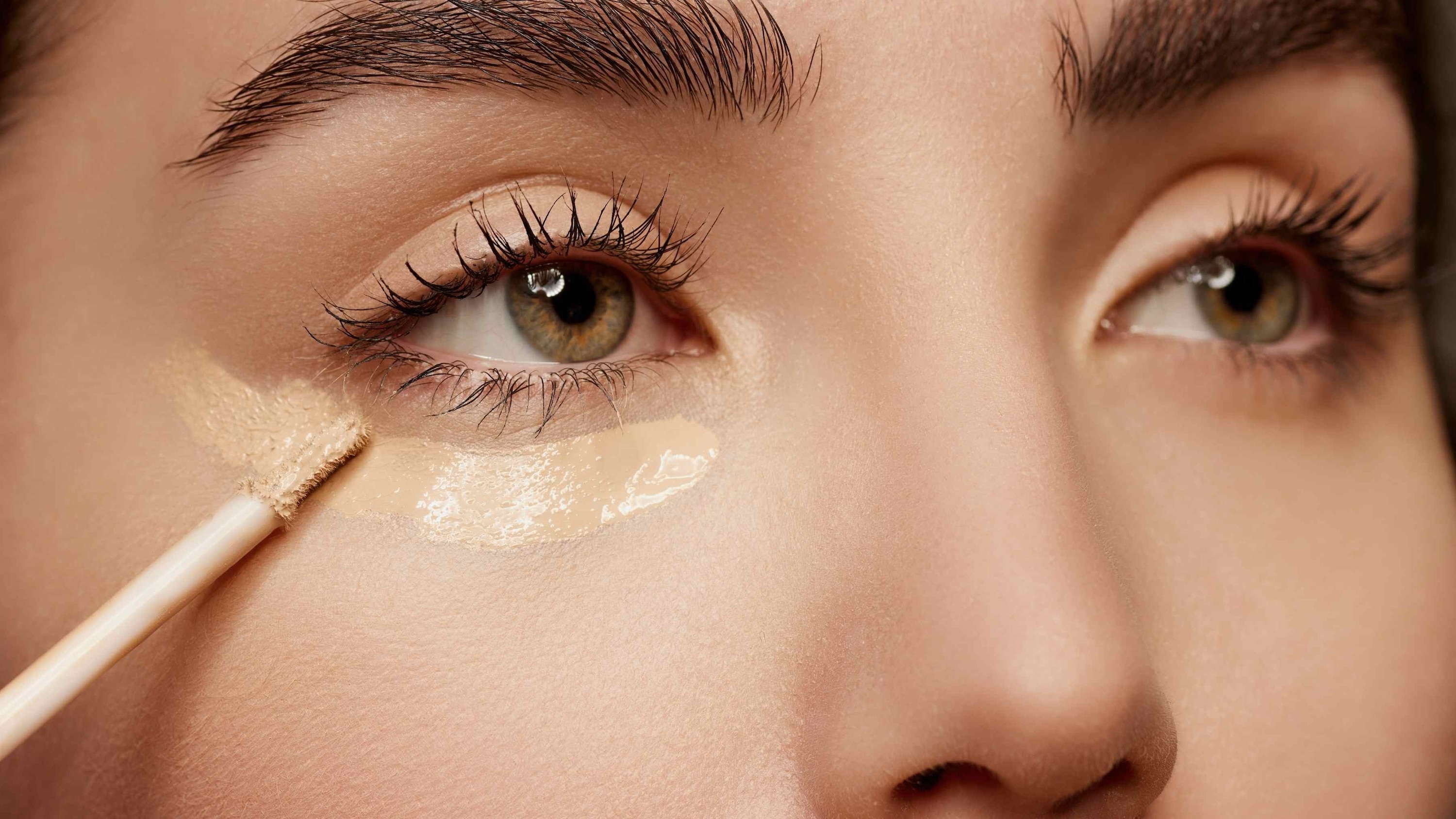- 01 What Is Concealer, and What Does It Actually Do?
- 02 What does concealer do?
- 03 Concealer Benefits You’ll Love
- 04 How to Choose Concealer Shade for Your Skin Tone
- 05 How to Apply Concealer Step by Step
- 06 Let’s Talk Priming: The Lakmé Blur Perfect Primer
- 07 Concealer Uses You Didn’t Know About
- 08 Pro Tips to Level Up Your Concealer Game
- 09 FAQ: You Asked, We Answered
When it comes to achieving a flawless base, concealer is that one ride-or-die product that belongs in every makeup bag. Whether you're dealing with dark circles from binge-watching a new series, a surprise blemish before an event, or just looking to even out your skin tone, knowing how to use concealer properly can make all the difference. But it's not just about slapping it on—understanding how to choose concealer shade, how to apply concealer correctly, and what tools to use is key to getting that smooth, natural finish. In this guide, we'll break down everything from what concealer is to why it's a total game-changer, and of course, how to make it work for your skin type and tone.
01What Is Concealer, and What Does It Actually Do?
Let's start with the basics—what is concealer? Think of it as a more concentrated version of your foundation. It's designed to conceal specific problem areas like dark circles, acne, redness, or pigmentation. Where foundation offers general coverage, concealer steps in for the detailed work.
02What does concealer do?
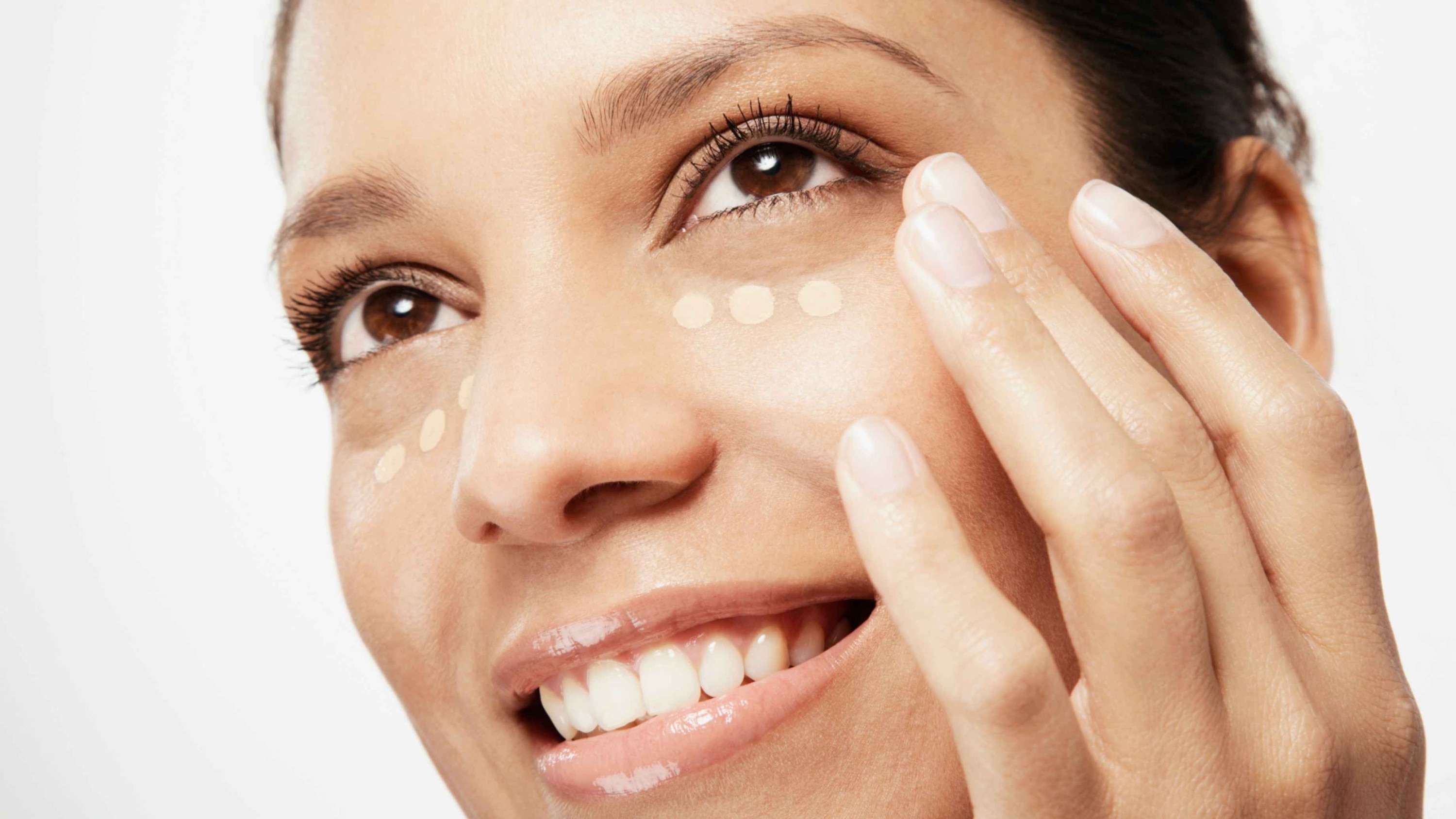
When asked what is concealer used for? The answer is simple — from covering up pesky spots to brightening the under-eye area and even shaping the brows, concealer is incredibly versatile. And in the world of no-makeup makeup, it's often all you need for a quick skin refresh.
03Concealer Benefits You’ll Love
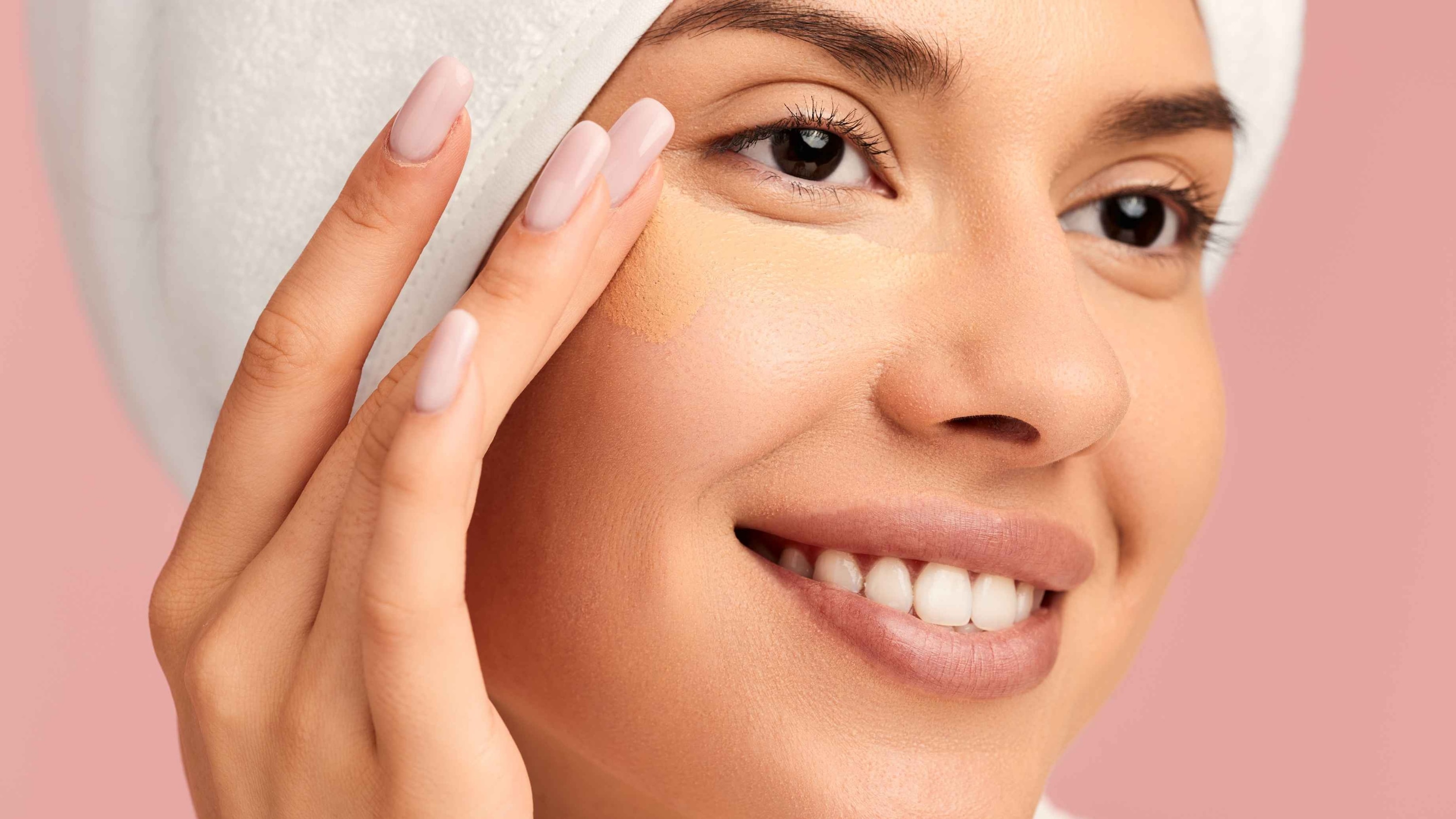
Still on the fence about adding one to your daily routine? Here are a few standout concealer benefits:
- Covers imperfections: Instantly camouflages acne, scars, and hyperpigmentation.
- Brightens the face: Especially under the eyes, for a more awake and refreshed look.
- Evens out skin tone: Great for redness around the nose or mouth.
- Multi-tasking hero: Use it as a highlighter, eyelid primer, or even for contouring.
04How to Choose Concealer Shade for Your Skin Tone
Choosing the right concealer isn't just about finding the correct shade—it's also about matching it to your skin's needs. Here's how to make sure you're picking the perfect match:
1. Understand Your Skin Tone and Undertone
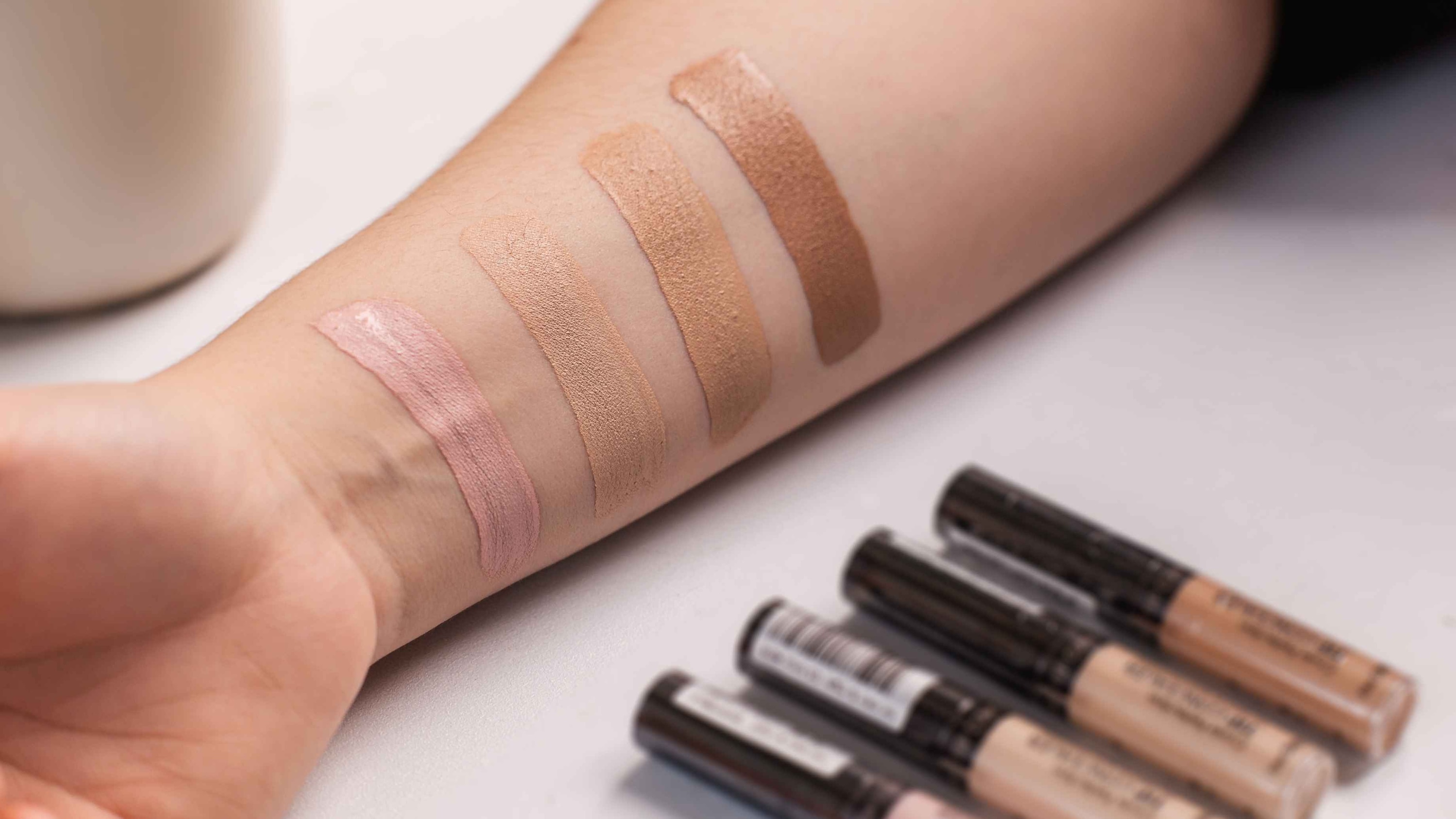
It is crucial you choose the right concealer for your skin tone, here's how
Fair Skin:
Opt for a concealer that's one shade lighter than your foundation with a slight pink or peach tone to counteract purple or blue under-eye circles. Avoid overly yellow tones that can appear unnatural.
Light Skin:
Go for shades with a peach or neutral base to brighten under the eyes and conceal imperfections without looking too stark. A light ivory or soft beige works well.
Medium Skin:
Look for warm or golden beige shades. Peach and orange undertones are great for covering dark circles, while yellow-based concealers can even out discoloration.
Dark Skin:
Choose rich, deep shades with orange, red, or golden undertones. For under-eye correction, a concealer with a warm orange or red base helps neutralize darkness without going ashy.
Before you dive into the world of swatches, know your undertone:
- Cool: Pink or bluish undertone—look for shades with rosy or neutral bases.
- Warm: Yellow or golden undertone—go for peachy or golden hues.
- Neutral: A balance of both—neutral beige tones work best.
2. Pick the Right Concealer Shade as Per Your Face

For blemishes and general discoloration:
Choose a concealer that matches your exact skin tone. This ensures a seamless blend and natural-looking coverage for pimples, redness, and uneven skin tone.
For under-eye circles:
Go one to two shades lighter than your skin tone. This brightens the under-eye area and helps mask dark circles effectively. Choose a formula with a slightly peachy or orange undertone depending on your skin tone.
For color correcting:
Use specific color-correcting concealers based on your concern:
- Peach or orange: Cancels out blue or purple under-eye circles (ideal for medium to deep skin tones).
- Yellow: Neutralizes mild redness and brightens dull areas.
- Green: Counteracts redness from acne or rosacea.
- Lavender: Brightens sallowness or yellow undertones in the skin.
3. Choose the Right Formula for Your Skin Type
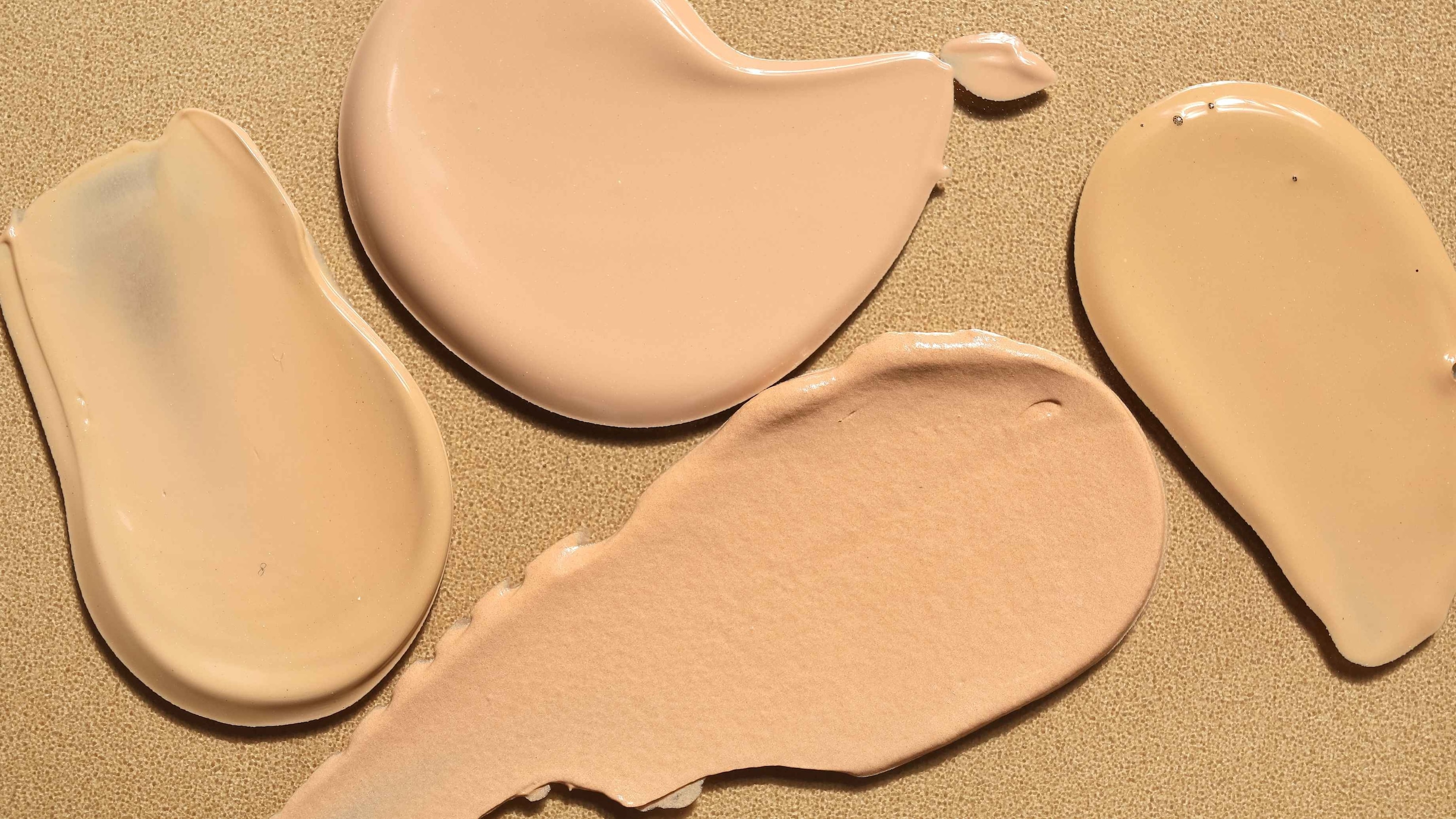
- Dry skin: Go for hydrating, creamy concealers.
- Oily skin: Matte or oil-free formulas work best.
- Combination: A satin finish that balances both is ideal.
4. Test in Natural Light
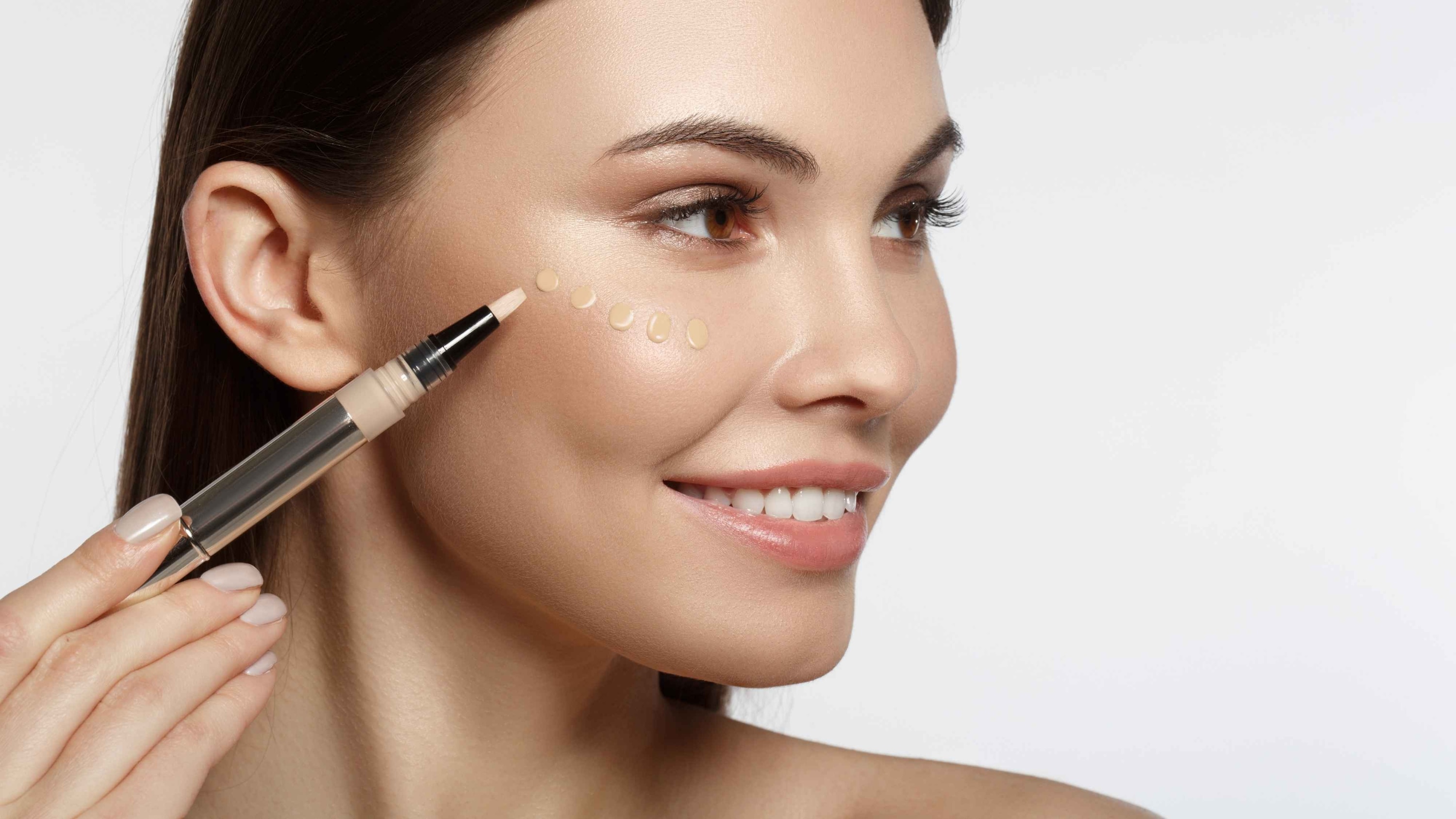
Always swatch concealer on your jawline, under-eye area, or the side of your face—areas that closely match your natural skin tone. Then, step outside or near a window to check the shade in natural daylight. Indoor lighting, especially store lighting, can be deceiving—fluorescent or yellow lights may make concealers appear warmer or cooler than they actually are. Natural light gives the most accurate reflection of how the product will look on your skin throughout the day.
Pro Tips:
- Wait a few minutes after applying to see how the concealer oxidizes (some formulas may dry down slightly darker).
- Blend a small amount into your skin to observe not just the color but the texture and finish.
- If you're stuck between two shades, always go with the slightly lighter one for under-eyes and the exact match for blemishes.
05How to Apply Concealer Step by Step

Now that you've picked your match, let's get into how to use concealer and where to apply it.
Step-by-Step Guide:
- Prep your skin: Cleanse, tone, moisturise—and don't forget SPF in the daytime.
- Prime the face: Use a primer to smoothen skin texture and enhance makeup longevity.
- Apply foundation (optional): Use foundation first if you need all-over coverage.
- Apply concealer:
- Under the eyes: Dot in a triangle shape and blend upwards.
- On blemishes: Dab with your finger or brush and lightly blend the edges.
- Around the nose/mouth: Lightly pat and blend to reduce redness.
- Blend well: Use a damp beauty sponge, finger, or brush for a seamless finish.
- Set it in place: Use a light dusting of translucent powder to lock it in—especially if you have oily skin.
06Let’s Talk Priming: The Lakmé Blur Perfect Primer

Before reaching for your concealer, always start with a good base. The Lakmē Unreal Blur Perfect Primer is a brilliant pick — it smoothes out texture, blurs pores, and helps concealer (and all other base makeup) last longer without creasing or sliding off. And there you have it—how to apply concealer in just a few easy steps.
07Concealer Uses You Didn’t Know About

Beyond the usual coverage jobs, here are some lesser-known concealer uses that might just blow your mind:
- As an eyeshadow base: Helps shadow colours pop and last longer.
- To clean up brows: Define your arches for that snatched look.
- For contouring and highlighting: Use lighter and darker shades strategically.
- As lip primer: Helps bold lipstick shades look more defined.
08Pro Tips to Level Up Your Concealer Game
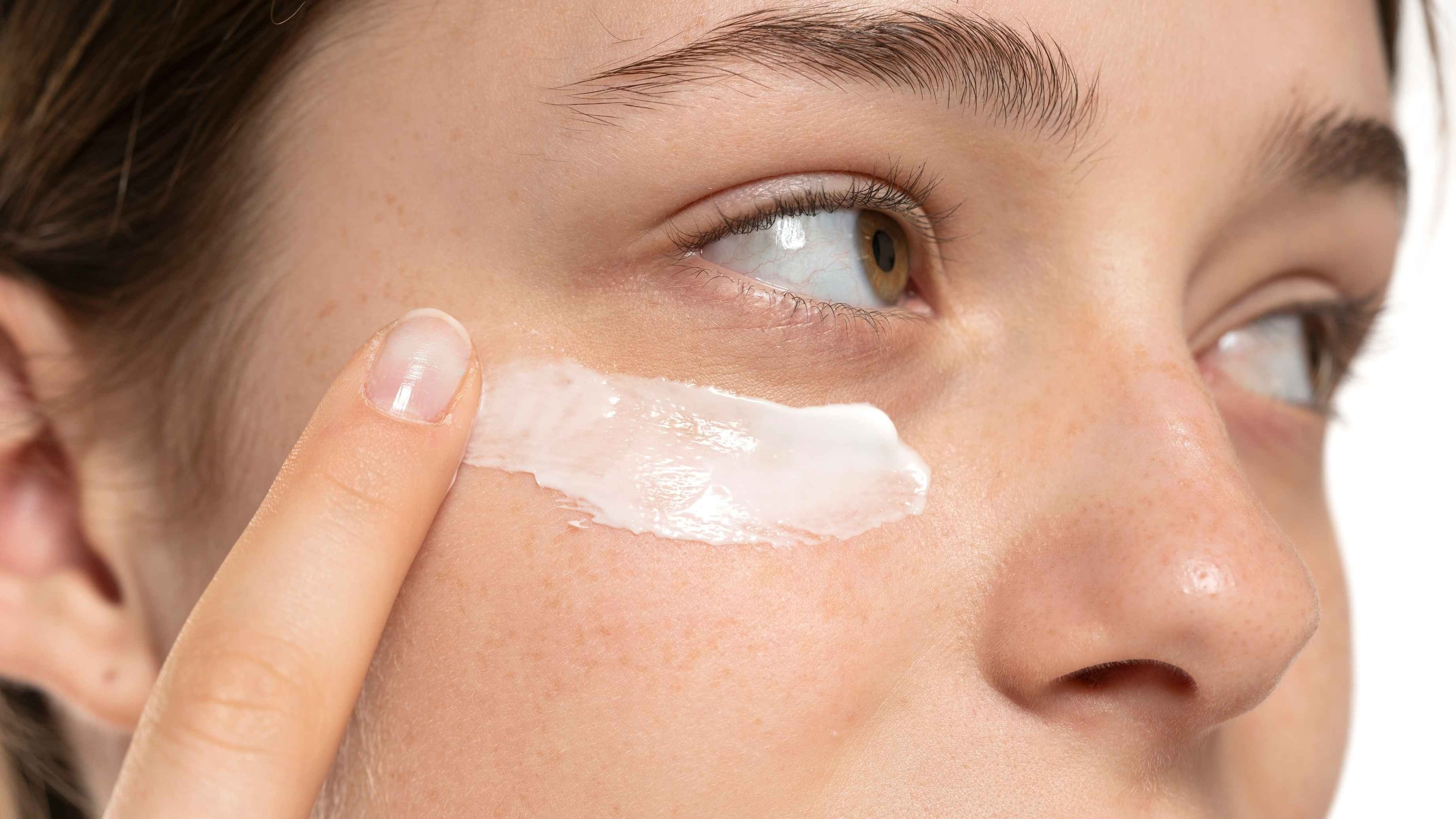
- Hydrate your under-eyes: A good eye cream makes concealer glide on smoother.
- Don't over-apply: Thin layers are better than caking it on.
- Use the right tools: Fingers warm the product for better blend, brushes give precision, and sponges offer an airbrushed finish.
- Colour correct if needed: Use peach or orange correctors under your concealer if dark circles are very pronounced.
Finding and applying the right concealer is a bit like finding the perfect pair of jeans—once you get it right, everything else falls into place. From covering up those mid-week under-eye shadows to brightening your entire face, it's one product that deserves a permanent place in your routine. So now that you know what is concealer, how to choose concealer shade, and how to use concealer effectively, go ahead and start experimenting. You'll be amazed at how this small but mighty step can completely elevate your makeup game.
09FAQ: You Asked, We Answered
Q: How much concealer should I use?
A little goes a long way. Start with a small amount and build as needed.
Q: Can I use concealer without foundation?
Absolutely. Just blend it well into your skin for a natural finish.
Q: How can I stop it from creasing?
Use an eye primer or lightweight setting powder. And make sure to hydrate the area beforehand.
Q: Is it okay to use concealer every day?
Yes—as long as you're cleansing properly at night and using skin-friendly formulas.

